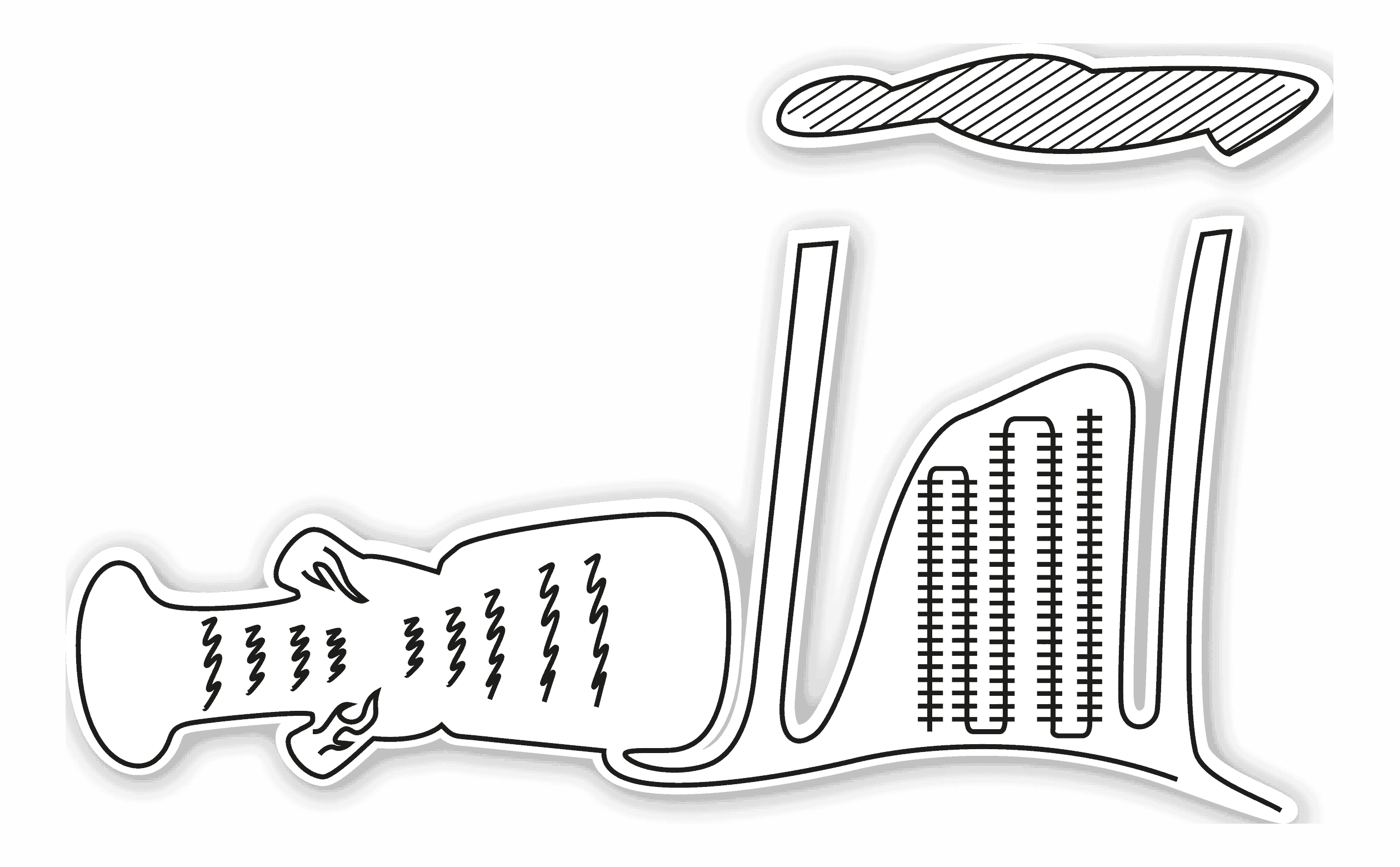Sour gas combustion
Combustion of natural gas is the preferred form of energy for the next decades. In spite of renewable energy projects being developed and funded strongly, a reliable source of energy must create the backbone of our national grids.
Approximately 40% of the world’s natural gas reserves are sour, meaning that H2S and CO2 is present most of the time. Among these sour reserves, more than 13% contain H2S in excess of 10%.
Removing the undesired acid gases from highly sour gases is a costly operation. The size and cost of the acid gas separation units and the acid gas-handling facilities (transformation of the H2S into sulfur and forming/shipping of the produced sulfur, or acid gas compression/pumping and re-injection facilities) increase with the amount of acid gases to separate. In the meantime, the exported volume of sales gas decreases because of the reduced hydrocarbon content of the inlet raw gas and the increased auto-consumption for gas treatment. Consequently, the technical cost per volume of exported sales gas is roughly doubled every 20-25% of additional acid gases present in the raw gas.
Sulfur, the traditional sub-product from the production of gases containing high amounts of H2S, formerly represented a substantial part of the revenues drawn from the production of natural gas. It is no longer of economic interest to sell sulfur from several areas today, as the world sulfur market is globally saturated.
The problem with the sulphur
Two corrosion effects are common in connection with sour gas combustion:
Sulfide stress cracking (SSC) is a form of hydrogen embrittlement which is a cathodic cracking mechanism.
Susceptible alloys, especially steels, react with hydrogen sulfide, forming metal sulfides and atomic hydrogen as corrosion byproducts.
Atomic hydrogen either combines to form H2 at the metal surface or diffuses into the metal matrix.
Since sulfur is a hydrogen recombination poison, the amount of atomic hydrogen which recombines to form H2 on the surface is greatly reduced, thereby increasing the amount of diffusion of atomic hydrogen into the metal matrix.
This aspect is what makes wet H2S environments so severe.
Example of corrosion of Economizer wing tubes
Due to the high excess air in the combustion, the conversion rate of SO2 → SO3 is strongly increased and can reach 10 - 20 %.
So even a small amount of sulfur in the fuel can cause a considerable amount of SO3 that will condense on the economizer tubes and form sulfuric acid.
Cold end of economizer
Solving the problem with PentoMag
Cold end of economizer with PentoMag treatment. The formation of sulfuric acid is strongly reduced compared to the previous picture. No visible strains of acid running down to the bottom.
PentoMag 4122 W contains highly reactive MgO to neutralize SO3 and sulfuric acid in the gas phase. Economizer tubes and boiler walls are protected from sulfuric acid in the liquid phase because PentoMag 4122 W forms a protective film on the metallic surfaces. No direct contact of the acidic molecules is possible with the pipes.
Application
The MgO activity is effectively covering the path from dosing point to the chimney, protecting all metal parts below condensation temperature. In cases of frequent starts and stops, it is advisable to inject PentoMag 4122 W before the damper of the bypass. As the bypass cools off, it will suffer from still stand corrosion if the gas was not treated properly.
Pentol produces water cooled injectors that allow direct injection on the most affected surfaces. PentoMag 4122 W is sprayed into the combustion chamber by means of compressed air.

Pentol provides the dosing system
Dosing rate

Pentol can provide laboratory analysis of fuels as well as SO3 monitoring systems for emission measurements.
Typically, PentoMag 4122 W is applied 1:1 to the SO3 content. For plants that have operated without treatment before, the dosing rate should be doubled or even tripled to neutralize existing acid in the boiler.
Environmental impact
Results
- No corrosion of the cold end area of the recovery boiler
- No corrosion in the chimney
- Reduction of visible plume on chimney
- Increase of lifetime of the recovery boiler
- Longer runtime of the boiler, less steam leaks due to corrosion

Pentol provides the dosing system
Leave us a short feedback
Download PDF
![]() English
English




